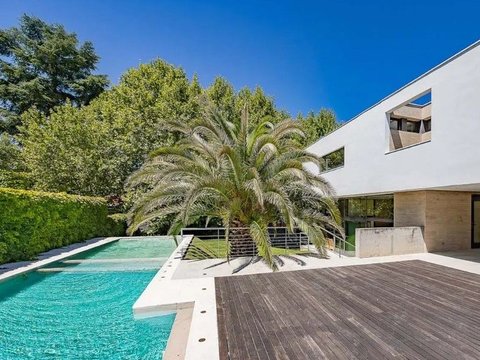Real Estate and Tax Law in the Balearic Islands
The regulation of construction on rural land in the Balearic Islands is primarily governed by Law 6/1997 on Rural Land of the Balearic Islands, which defines the general framework for buildings and installations in rural areas.
However, under Article 21.3, this law also provides the possibility of a total or partial release of certain planning conditions when dealing with projects of special agrarian characteristics.
To detail this exception, the Decree 17/2017, of April 21 was published. This decree sets out the general principles for relaxing planning restrictions on agrarian buildings and facilities, complementing rural development regulations across the Balearic Islands.
What is the purpose of this decree?
The decree recognizes that agricultural and complementary activities sometimes require specific types of construction that do not conform to standard urban planning regulations.
Therefore, its goal — as stated in Article 1 — is to establish a basic legal framework for the release of planning conditions exclusively for agrarian use, while leaving room for each Island Council (Consell Insular) to develop its own specific rules.
It is essential to note that the decree only applies to agrarian buildings and facilities registered in the Agrarian Island Registry. It does not apply to rural tourism establishments or other non-agrarian uses.
Which planning conditions can be released? (Article 3)
There are two main categories of conditions that may be eligible for release:
1. Construction and installation conditions
These include:
- Building surface
- Occupancy percentage
- Height and volume
- Architectural design and materials
However, aesthetic and typological exemptions are not permitted in protected natural areas such as:
- AANP (Areas of High Natural Protection)
- ANEI (Areas of Special Natural Interest)
- ARIP (Rural Areas of Scenic Interest)
- APT (Territorial Protection Areas)
2. Position and implementation conditions
These refer to:
- Building placement on the plot
- Setbacks and boundaries
Setbacks cannot be released when aligning with public roads or pathways.
If the construction borders private property, a written agreement from the neighboring landowner is mandatory.
What is the procedure to request a release? (Articles 4 and following)
The process begins with submitting a formal request accompanied by an agronomic report that must include:
- The technical justification for the total or partial release.
- Proof that no feasible technical or economic alternative exists.
- Evidence that the project improves agricultural activity without harming surrounding plots.
- Details of protective, corrective, or compensatory measures to minimize environmental impact.
The application is reviewed by the General Directorate of Agriculture and Livestock, based on a technical report prepared by a board of five members.
Once evaluated, the resolution is issued electronically through the official telematic channels of the Balearic Administration.
Why is this important for rural landowners?
Since April 22, 2017, this decree has enabled rural landowners to legally construct or expand agricultural buildings under certain conditions, even when strict planning rules would normally prevent it.
If you own rural land and wish to develop agricultural facilities — such as warehouses, stables, or processing units — it is crucial to follow the correct legal process to ensure compliance.
At Frau Legal, we specialize in real estate and rural planning law. Our team can evaluate your case and guide you through the full legal process to build on your land 100% legally.
Recommended resources
- Law 6/1997, on Rural Land of the Balearic Islands
- Decree 17/2017, of April 21
- Consell de Mallorca – Rural Development Department







